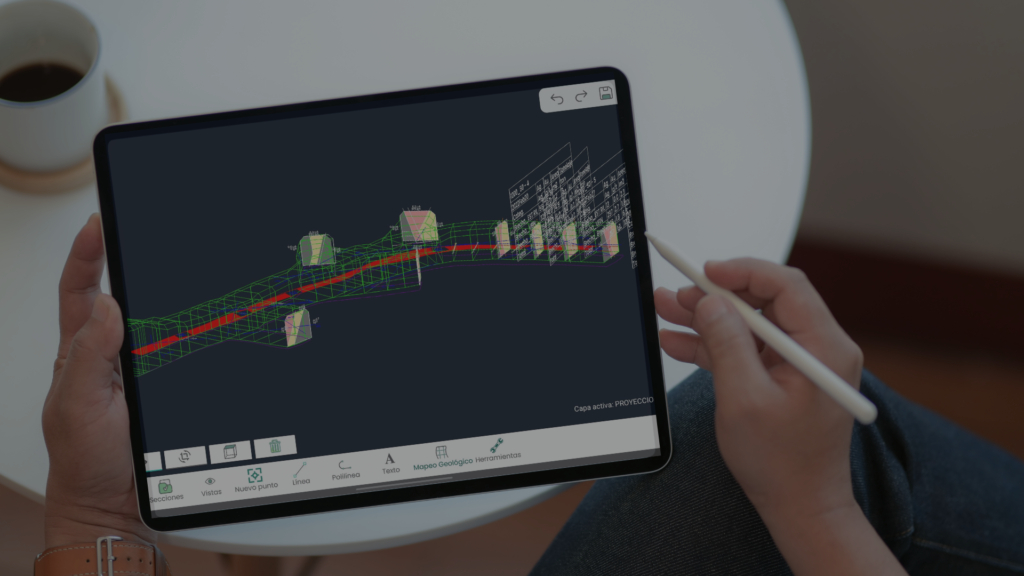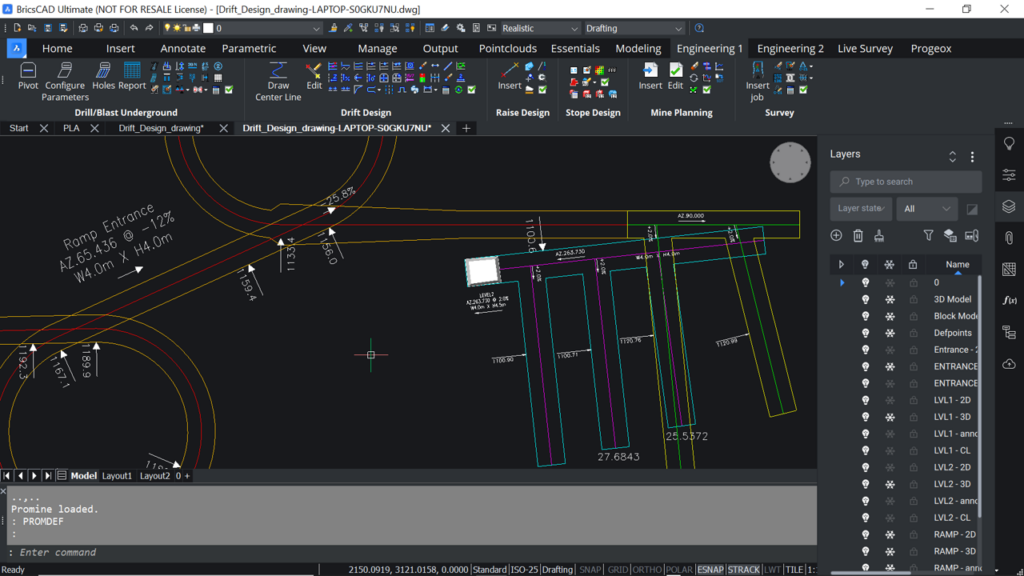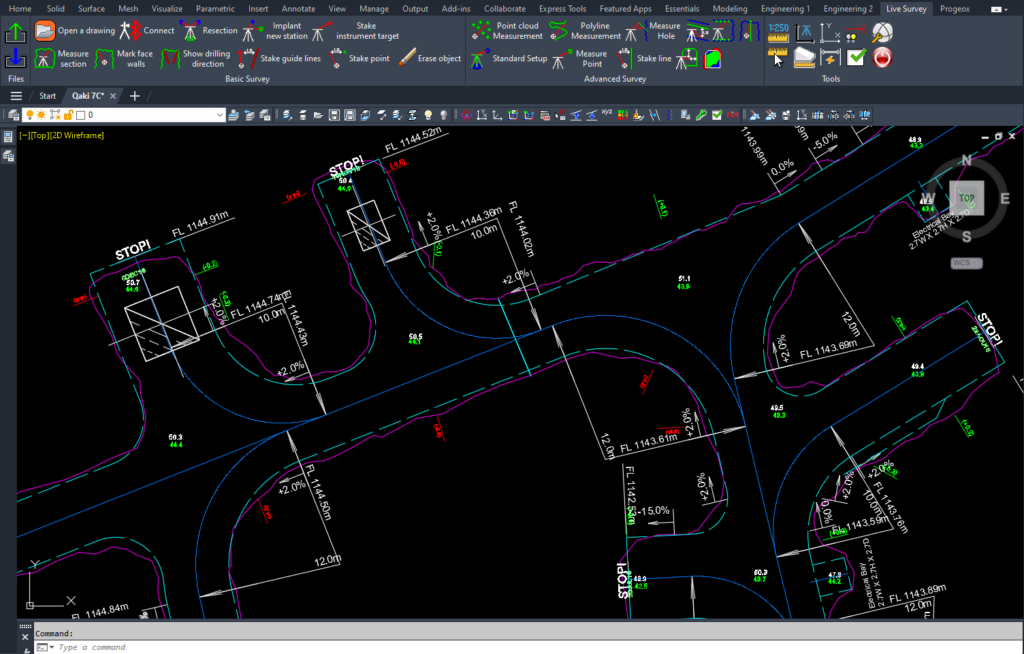In the realm of underground mining, meticulous mine planning serves as the cornerstone of successful operations. It involves the strategic organization and coordination of numerous aspects, including resource extraction, ventilation, safety, resource optimization, and productivity. By carefully analyzing geological data and employing effective planning techniques, mine planners can pave the way for efficient and sustainable extraction of valuable resources.
Mine planning plays a crucial role in ensuring the safety of workers in underground mining operations. Through comprehensive planning, potential hazards can be identified, evaluated, and mitigated. Factors such as ground stability, geological structures, and potential gas emissions are taken into account to design stable and secure mining layouts. By carefully assessing risks and implementing appropriate control measures, mine planners contribute to creating a safe working environment, reducing accidents, and safeguarding the well-being of miners.
Efficient mine planning is essential for optimizing the extraction of valuable resources from underground deposits. By analyzing geological data and employing sophisticated modeling techniques, mine planners can determine the most efficient methods of accessing and extracting minerals. This involves designing appropriate mining methods, such as cut and fill, long-hole stoping, or block caving, tailored to the specific deposit characteristics. Accurate mine planning enables the identification of the optimal locations for infrastructure, ventilation systems, and haulage routes, minimizing operational inefficiencies and maximizing productivity.
Mine planning also plays a crucial role in ensuring environmentally responsible mining practices. By considering factors such as water management, waste control, and reclamation during the planning phase, mine planners can minimize the impact of mining activities on the environment. By implementing strategies such as backfilling, reusing water, and proper waste management, mine planners contribute to the sustainable development of underground mining operations, mitigating negative ecological consequences and leaving a positive legacy for future generations.
Financial viability is directly correlated to the quality of mine planning. By optimizing the layout, sequence, and timing of mining activities, mine planners can reduce operational costs, enhance resource recovery, and maximize the return on investment, leading to an optimal NPV. Careful consideration of factors such as orebody characteristics, access routes, and 3D modeling helps minimize capital and operational expenses while maximizing revenue generation. By balancing economic considerations with technical constraints, mine planning ensures the long-term financial sustainability of underground mining projects.
In conclusion, mine planning in underground mining is a critical process that drives safety, efficiency, sustainability, and financial viability. By considering various factors and employing advanced techniques, mine planners create comprehensive strategies that optimize resource extraction while minimizing risks and environmental impact. Through careful planning, underground mining operations can achieve operational excellence and contribute to the responsible utilization of Earth’s mineral resources.





